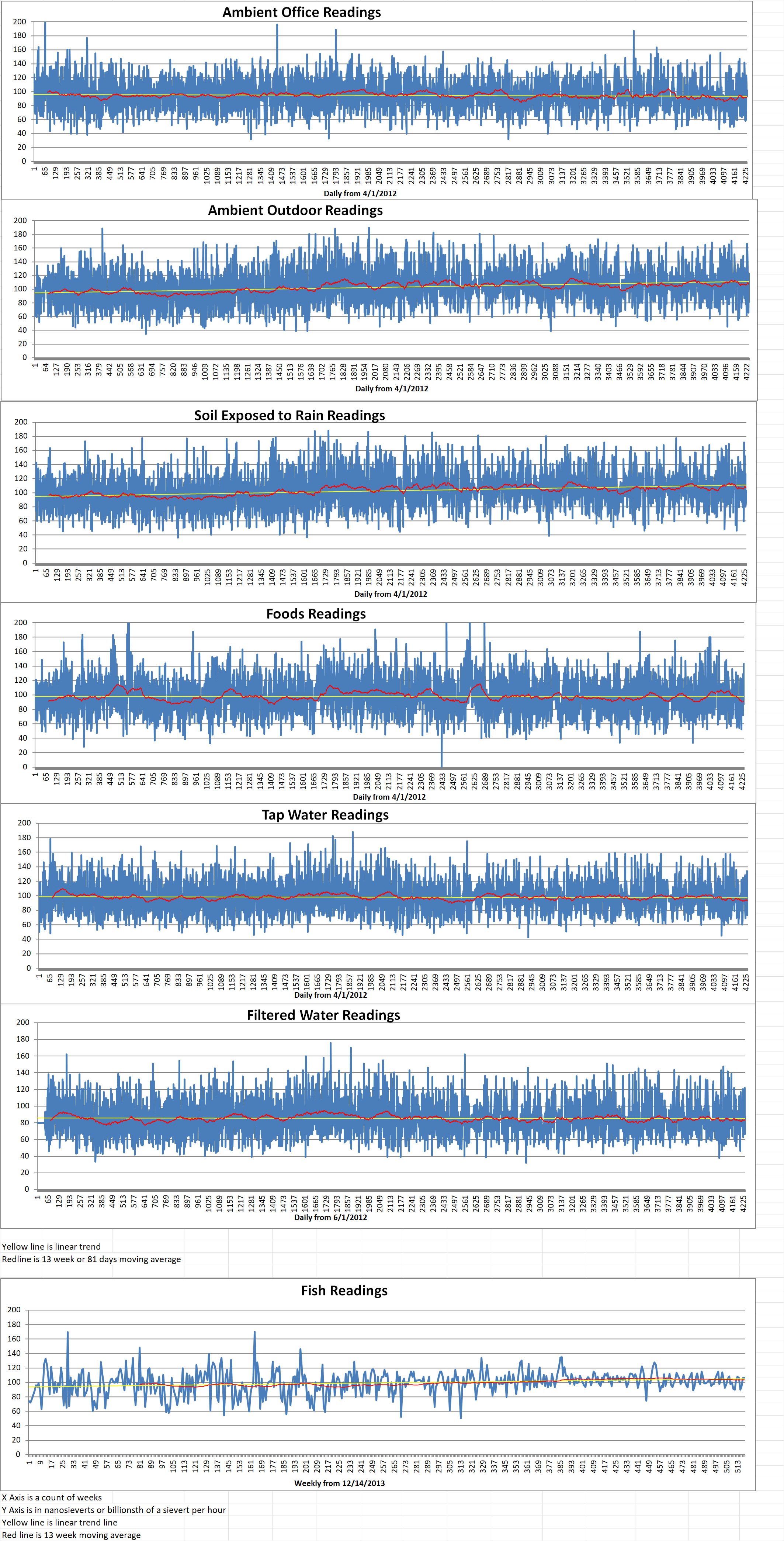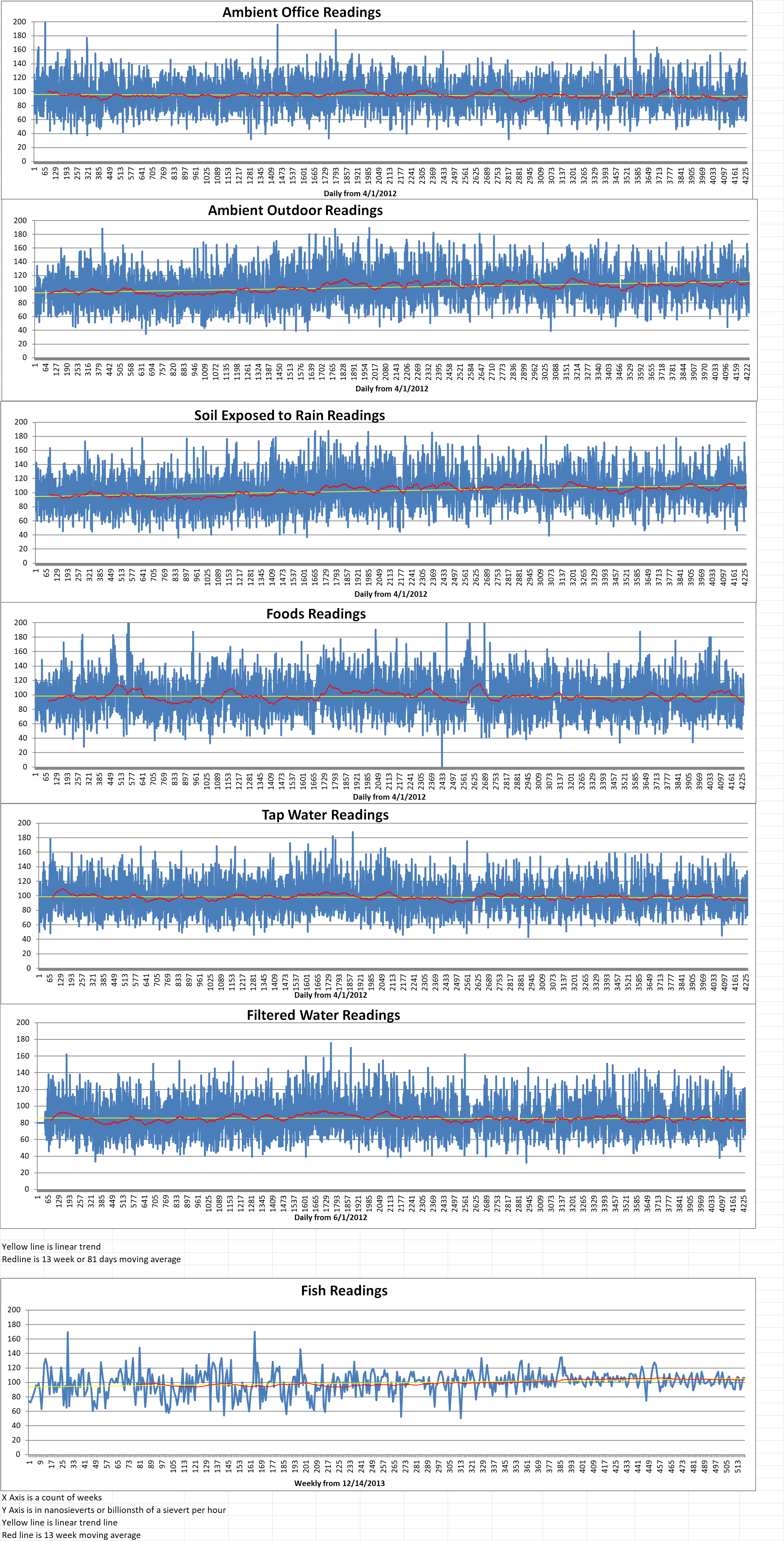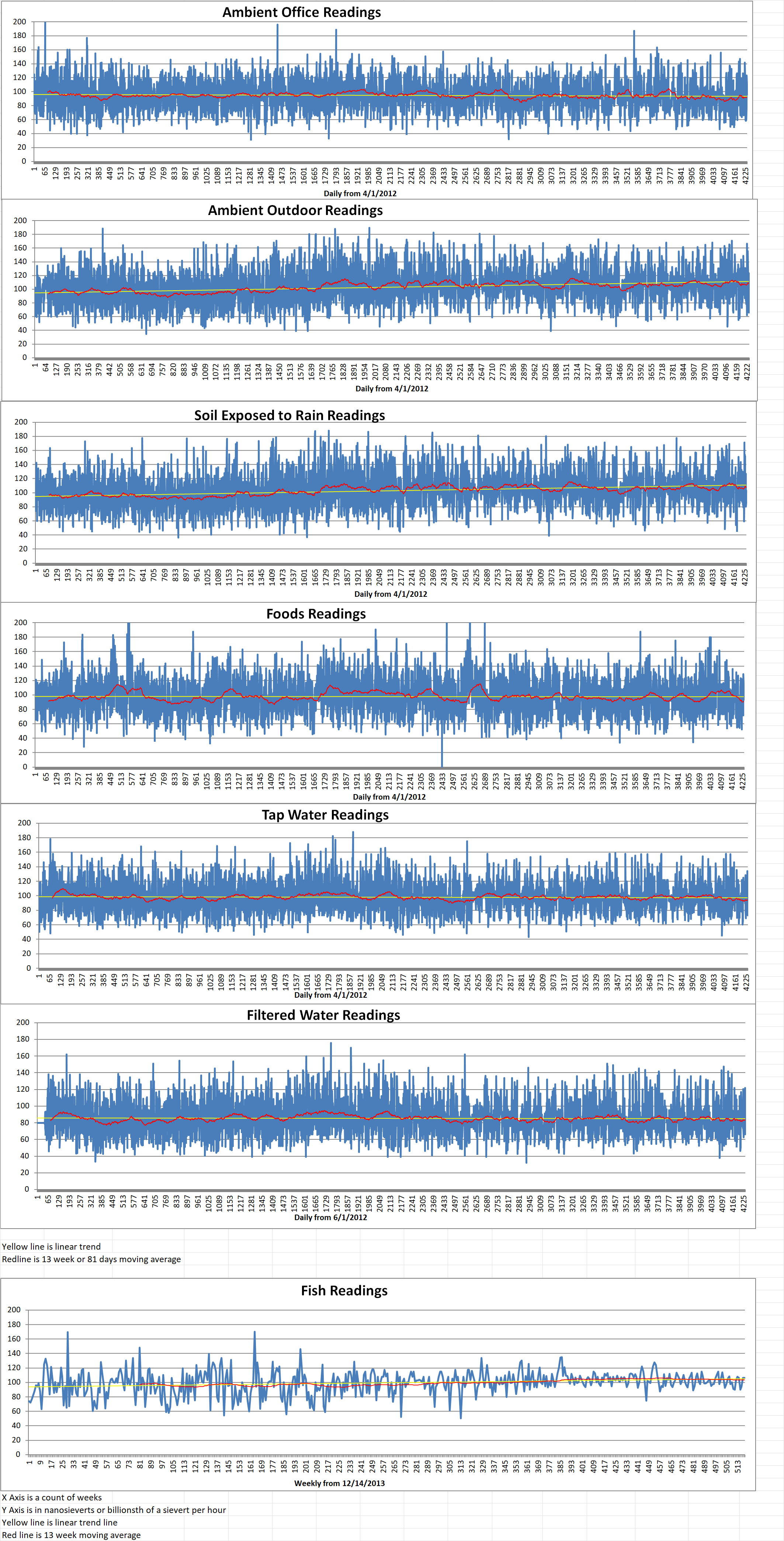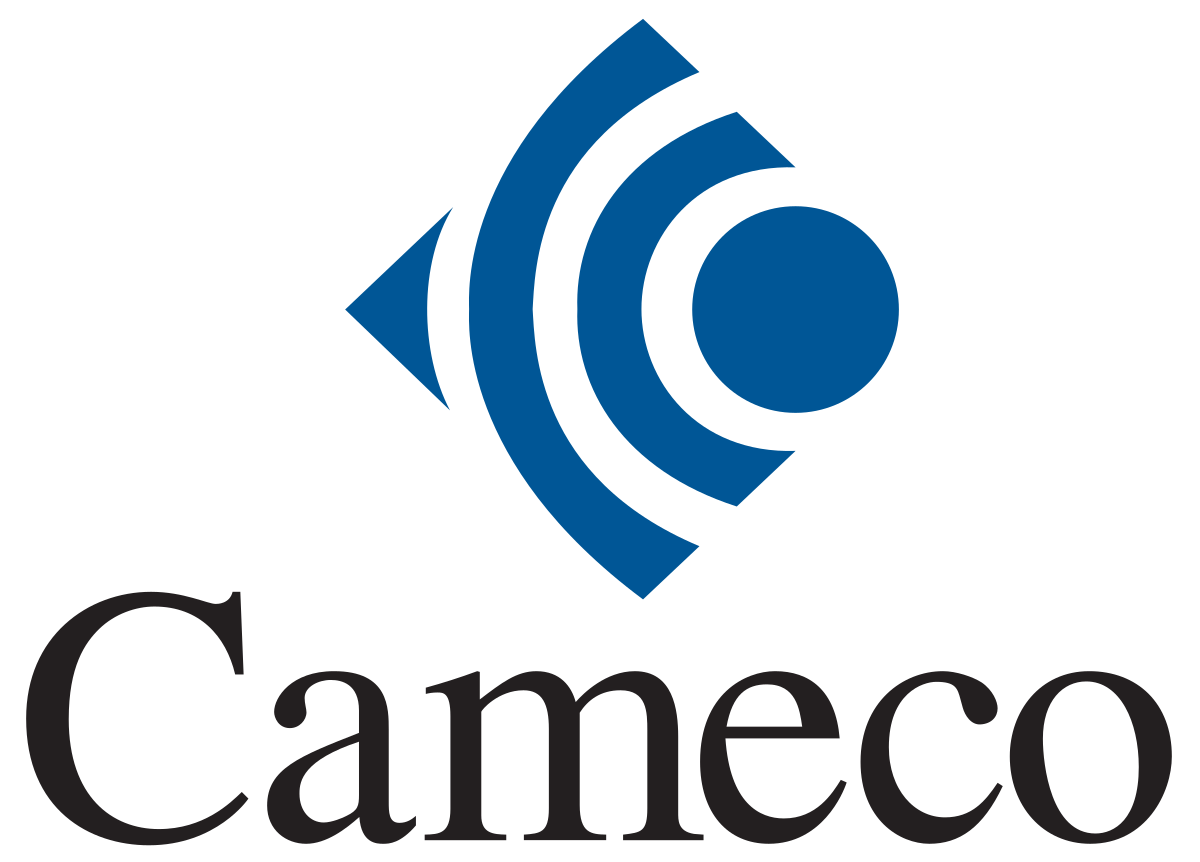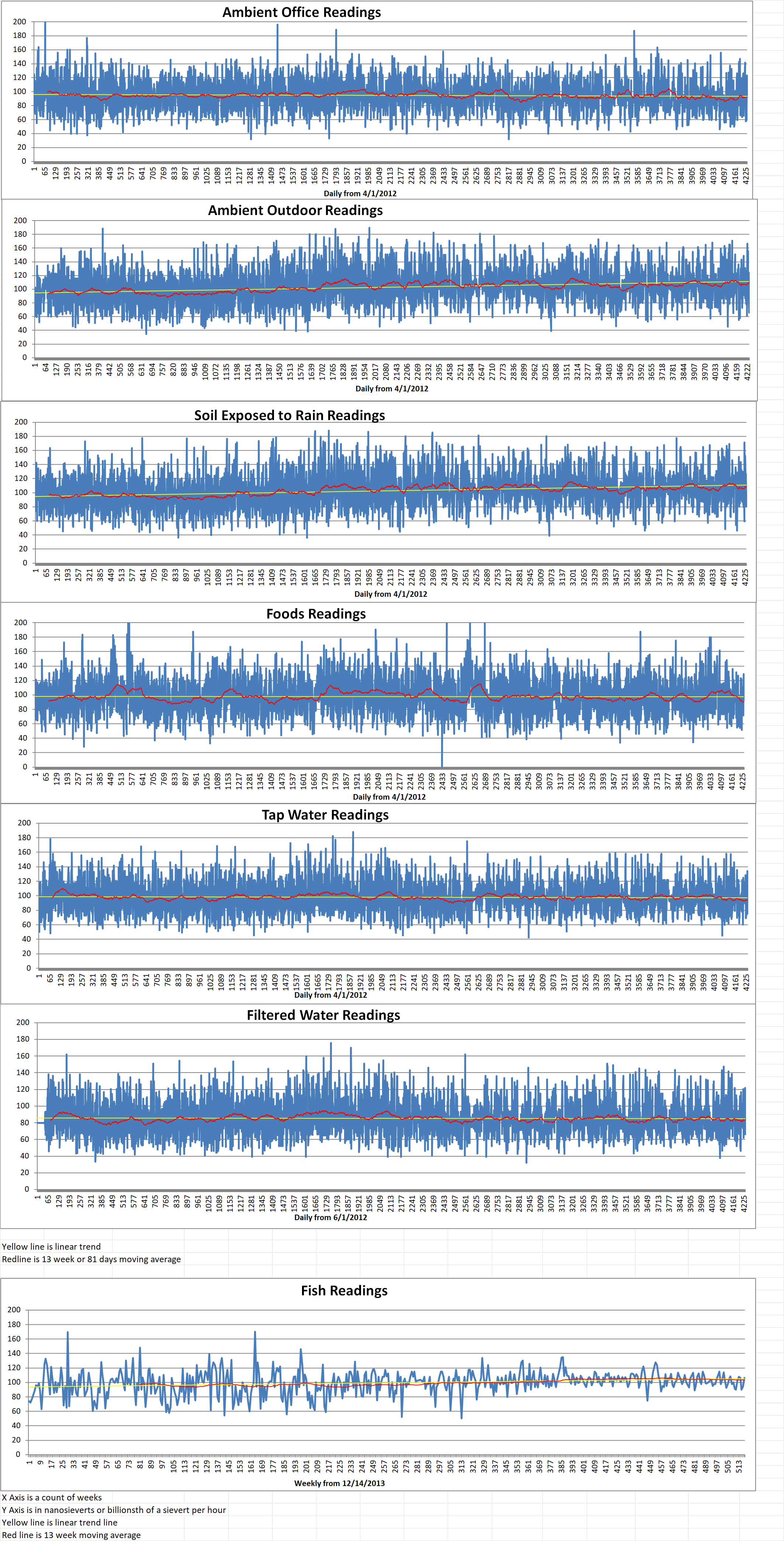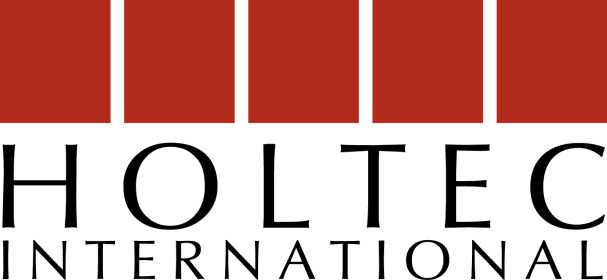Tim Gitzel is the CEO of Cameco, the Canadian nuclear fuel company. He said that the results for the first quarter of 2024 included losses of five million dollars. The losses were driven by normal quarterly variations, coupled with costs related to its acquisition last year of Westinghouse.
Gitzel said, “In the first quarter operational performance was strong across our uranium, fuel services and Westinghouse segments. Financial results are in line with the 2024 outlook we provided, which has not changed, and are as expected, reflecting normal quarterly variability and the required purchase accounting and other non-operational acquisition-related costs for Westinghouse.”
Gitzel added that first-quarter production results were “strong and are on track with our 2024 plans”. Attributable uranium production for the quarter was five million eight hundred thousand pounds of U3O8. This represents a year-on-year increase of one million eight hundred thousand pounds of U3O8. The mining operations at McArthur River/Key Lake and Cigar Lake are each expected to produce eighteen million pounds of U3O8 (on a one hundred percent basis) in 2024.
Cameco closed its purchase of Westinghouse, in a strategic partnership with Brookfield, last November. Cameco now owns a forty-nine percent interest and Brookfield owns the remaining fifty-one percent. The company had previously said it expects this to generate a net loss of between one hundred and twenty-three million dollars and one hundred and sixty-seven million dollars in 2024 due to the impact of the purchase accounting, which requires the revaluation of Westinghouse’s inventory and other assets at the time of acquisition. Expensing of some non-operating acquisition-related transition costs will be included. Ninety million dollars of the expected net loss for Westinghouse in 2024 was incurred in the first quarter “due to normal variability in the timing of its customer requirements and delivery and outage schedules”.
Westinghouse’s first quarter “is typically its weakest”, according to Cameco. This was stated in its quarterly in-depth management’s discussion and analysis (MD&A) document. Stronger performance is expected in the second half of the year, and higher expected cash flows in the fourth quarter. Gitzel said that the company was “delighted” with its acquisition of Westinghouse. He told investors that “It’s even better than we thought when we bought it. The potential there in all elements of their business is really good.”
Production from the Inkai joint venture in Kazakhstan was slightly down year-on-year. One million six hundred thousand pounds of U3O8 produced this quarter compared with one million nine hundred thousand pounds in the same period in 2023 (both on a 100% basis). Inkai’s current production target for 2024 is eight million three hundred thousand pounds of U3O8 (100% basis). However, procurement and supply chain issues, most notably related to the availability of sulphuric acid, mean that this target is tentative.
Cameco said that it is working with its closely with JV Inkai and its joint venture partner Kazatomprom to receive its share of production via the Trans-Caspian International Transport Route, which does not rely on Russian rail lines or ports. However, it warned that delays to deliveries could happen “if transportation using this shipping route takes longer than anticipated”.
Cameco said that “To mitigate the risk of transportation delays or production shortfalls, we have inventory, long-term purchase agreements and loan arrangements in place we can draw on.”

